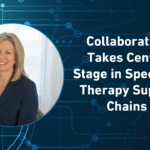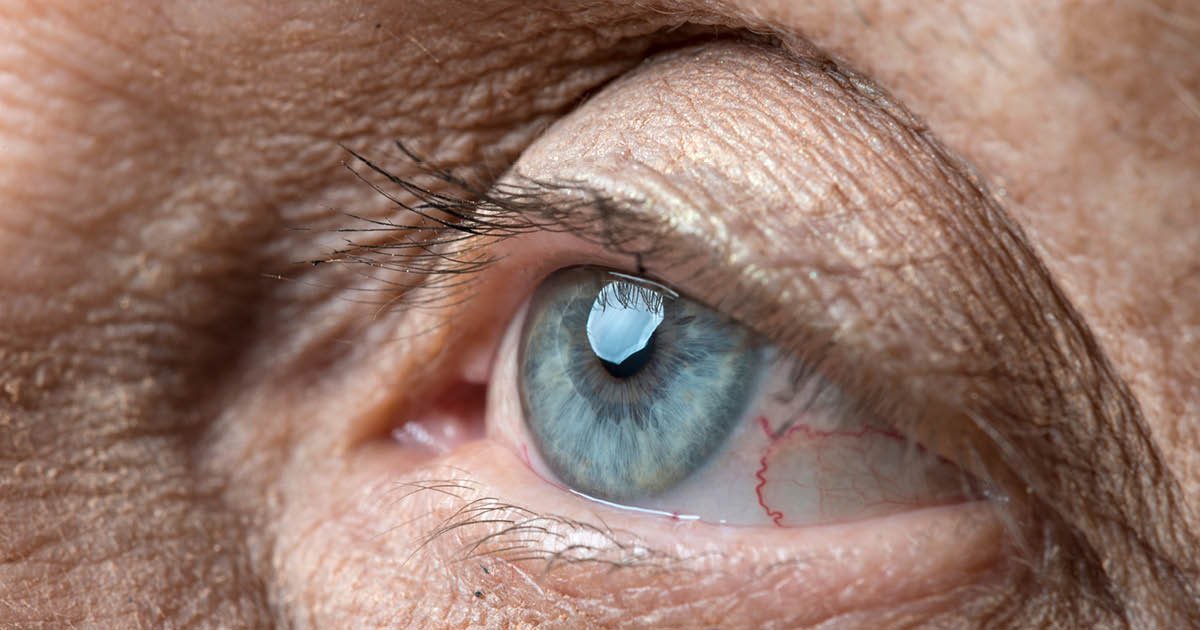October 02, 2025
3 min read
Key takeaways:
- The potential for deep brain stimulation rests in the ability for accurate location of biomarkers.
- Personalized DBS stimulation can reduce symptom-related anxiety and mediate response to negative stimuli.
BALTIMORE — Closed-loop targeted deep brain stimulation holds promise in addressing symptoms of depression and obsessive-compulsive disorder, according to a speaker at the American Neurologic Association annual meeting.
“In the past few decades, the concept of psychiatric illness has really shifted from one of a chemical imbalance to one focused more predominantly on genetic risks, altered molecular and cellular pathways, and disordered circuits,” Katherine Scangos, MD, PhD, associate professor of psychiatry and neurosurgery at the University of Pennsylvania, said during her presentation.

“And brain circuit organization and function have really emerged as both an explanatory model of psychiatric illness and as a way to design new interventions,” she said.
The current body of research supports deep brain stimulation (DBS), with transcranial magnetic stimulation (TMS) the most common and approved form of direct current treatment.
Scangos cited research from 2003 that utilized DBS to treat individuals with severe depression who achieved remission, with subsequent studies identifying subsets of participants who responded well to DBS for depression. The same held true for obsessive-compulsive disorder.
“DBS is now approved under humanitarian device exception for OCD,” Scangos said.
Personalized closed-loop DBS design operates under specific hypotheses: that it is possible for immediate therapeutic relief from DBS and that it is possible to do so only when stimulation is necessary triggered by an intracranial EEG biomarker, Scangos said.
For depression, that stimulation, in the form of brief bursts, can be delivered when abnormal brain circuit behavior is observed. With OCD, the cycles of depressive and obsessive states followed by compulsive behaviors that can change in minutes to hours are also good candidates for targeted DBS when stimulation is required.
While personalized DBS treatment for these psychiatric conditions would represent the next phase in technological advancement, there are obstacles. Access is one, Scangos said, along with the potential for built-up tolerance to any stimulation dose.
“There can be unwanted side effects. It can take a very long time to get the right settings for people, and programming occurs over a couple years,” she noted. “It can take a long time to start working.”
Although stimulation can reduce anxiety related to either condition, the fact DBS exists may reinforce maladaptive habits with the device itself, with the patient relying on its comfort rather than attempting to address the underlying issues of their condition.
The question for researchers, Scangos said, is discovery of a biomarker that confirms the need for DBS to target an area within the brain.
Current research suggests that stimulation response is both location and state dependent, with viable targets such as the hippocampus, amygdala and ventral areas as well as the cingulate cortex.
For depression, a properly calibrated stimulation can rapidly improve symptoms in a closed-loop system for both short- and long-term relief dependent upon a patient’s “normal” fluctuations in mood as a response to daily living.
When positive and negative responses to stimuli are tracked, biomarkers indicative of symptom states can lead to identification of biomarkers amenable to targeted DBS, Scangos said. Once this pathway is established, the patient undergoes imaging and device implantation.
With OCD, individualized DBS stimulation has been shown to reduce anxiety and distress associated with symptoms as a result of exposure to negative stimuli.
In certain cases, a stereo EEG (sEEG) stage is added ahead of the DBS implant, as in a multi-site, multi-stage clinical trial underway to investigate sEEG-guided mutitarget DBS for OCD at Penn and Stanford, Scangos said.
From a technical standpoint, preliminary evidence suggests that this form of DBS is safe and effective with a Boston Scientific Vercise R32 device, she said. Data from one study showed a 75% responder rate and 35% reduction from baseline in OCD symptom severity measured by the Yale-Brown Obsessive-Compulsive Scale, Second Edition.
Scangos cited the TRANSCEND study for DBS in treatment-resistant depression, which aims to enroll 100 patients at sites across the country, whose success may lead to FDA approval for use in depression.
“There’s connectomic targeting as a new approach to identifying the best location to place electrodes and in depression. The subcutaneous cingulate is one of the two areas that is showing the highest degree of promise,” Scangos said.
For more information:
Katherine Scangos, MD, PhD, can be reached at neurology@healio.com.










